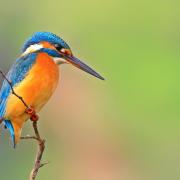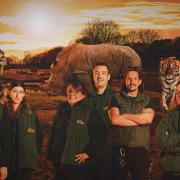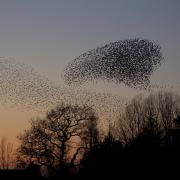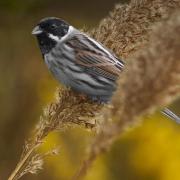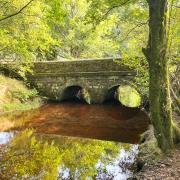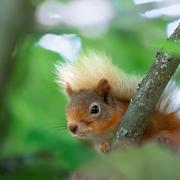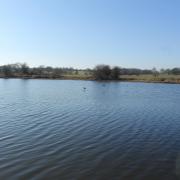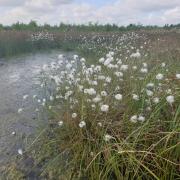Wildlife photographer Jason Smalley captures a Lancashire phenomenon in words and pictures
Crossing the flat lands full of winter crops on the approach to the Wildfowl and Wetlands reserve of Martin Mere, the air full of flight and feather, there’s nothing that could prepare the first time visitor for the wild spectacle that lies ahead.
The cacophony of wildfowl calls mingled with the whirr of wings overhead belies little of the treat in store.
Every winter the Mere plays host to a multitude of ducks and geese who arrive in their thousands to seek respite from the biting Arctic winters of their breeding grounds. And among their numbers are the swans. Elegant and blinding in their whiteness, they arrive en masse to feed and fight, providing an unrivalled show.
Superficially these birds may appear similar to our semi-tame mute swans, but by nature they are far wilder - and far from mute! The din can be quite deafening as they challenge for food and mates. From inside the Swan Link hide it’s not uncommon to see more than 1,500 whooper swans jostling for grain during the twice daily feeds provided by wardens of the Trust.
Along with their less numerous cousins, the Bewick’s swans, they arrive at a handful of UK sites during early winter and spend the darker months establishing family bonds and fattening up for the breeding season above the Arctic Circle.
Being very loyal, they return to their old wintering grounds year after year and recently the Trust started a satellite tracking programme to establish the exact route they follow to our shores from their Icelandic homelands. Some individuals have been returning to Martin Mere for over a decade covering the 1,300km in a couple of weeks.
Martin Mere was established as a Wildfowl and Wetlands Trust reserve in 1972 and opened to the public three years later by Sir Peter Scott. In addition to the ever popular sanctuary where hundreds of endangered exotic species are kept there’s a huge expanse of natural wetland overlooked by a network of hides from which wildfowl, waders and birds of prey can be observed and studied.
But without a doubt it’s the 3pm swan feed that pulls in the crowds, and rightly so. Out of sight in Europe’s largest bird hide, visitors sit with great anticipation as the swans mill around on the Mere, squabbling like teenagers and displaying to future mates. Eventually a reserve warden appears with a barrow of grain, spreads it just feet from the audience and before he’s hardly had time to turn his back the birds descend and feast noisily.
Among their number will be ducks and pigeons willing to risk a brisk peck for their insolence. This ritual is played out daily until the lengthening hours of daylight draws them back to Iceland to breed.
Global warming is beginning to have an effect as the number of Bewick’s swans needing to migrate has reduced dramatically over the past decade. Most choose to stay all year in their breeding grounds. Could this also happen to our whoopers? We’ll have to wait and see.











